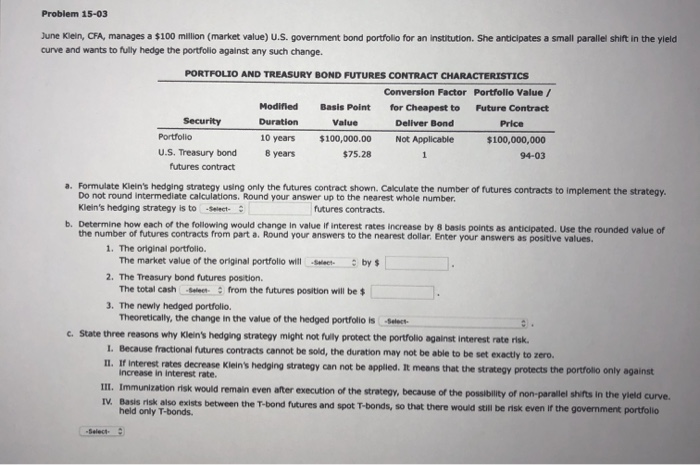Answered step by step
Verified Expert Solution
Question
1 Approved Answer
box A choices ( buy/sell) Box B1 Choices ( decline/inclineot change) Box B2 Choices ( inflow/outflow) Box B3 Choices ( zero/the change in value of
box A choices ( buy/sell)
Box B1 Choices ( decline/inclineot change)
Box B2 Choices ( inflow/outflow)
Box B3 Choices ( zero/the change in value of the original portfolio/the cash flow from the hedge position)
Box C Choices (I,III,IV/ II,III,IV/ I,II,III/ I,II,IV) 

Step by Step Solution
There are 3 Steps involved in it
Step: 1

Get Instant Access to Expert-Tailored Solutions
See step-by-step solutions with expert insights and AI powered tools for academic success
Step: 2

Step: 3

Ace Your Homework with AI
Get the answers you need in no time with our AI-driven, step-by-step assistance
Get Started


